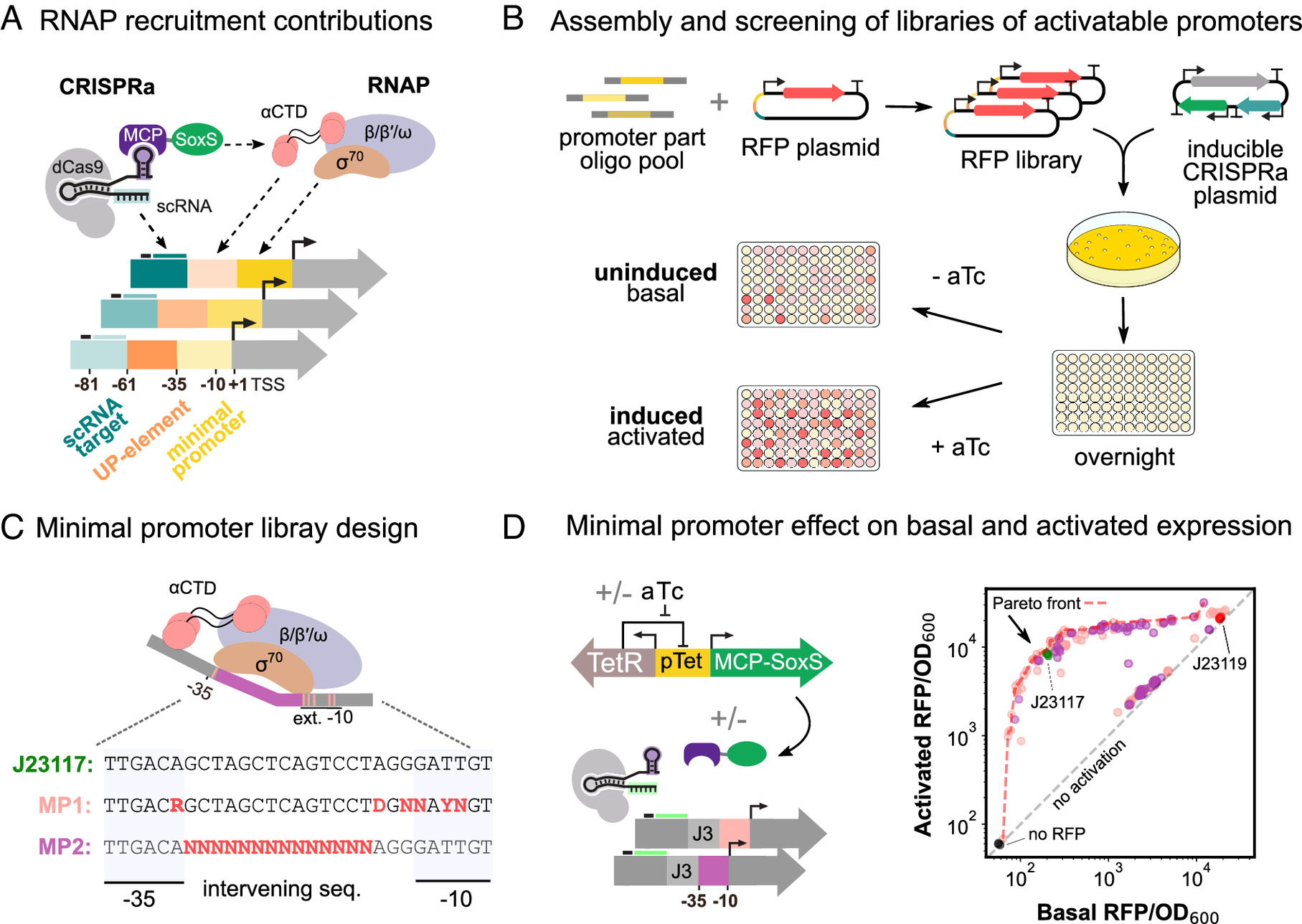By Ro Stastny
October 25, 2023
Chemical engineers are harnessing genetic engineering tools to rewire biological systems.

Photo by Gerd Altmann/Pixabay
Biology is essentially a chemical engineering machine, with multiple complicated and interconnected systems that perform reactions autonomously. By looking at bacteria, researchers are able to isolate a single-celled system to learn how it works, and then modify it to perform desired reactions.
“Bacteria are nice to work with because they are simpler—still very complex, but much easier to examine and understand than an entire human body with many different cell types,” Says chemical engineering (ChemE) Ph.D. student Diego Alba.
Alba is part of the Carothers Research Group, a lab led by ChemE Associate Professor James Carothers that focuses on engineering bacteria for applications in synthetic biology. Lab researchers combine CRISPR technology with computational modeling to explore potential new sources of biological chemicals and materials.
Controlling gene reactions with CRISPR circuits

Functional interrogation of promoter regions with CRISPRa.
Clustered Regularly Interspaced Short Palindromic Repeats (CRISPR) are a natural set of proteins that act as a defense mechanism for bacteria. Over the last decade, engineers have repurposed and built different kinds of CRISPR tools that can modify bacteria in many different ways to achieve a desired function.
“With these tools, we can change the genes more easily and rapidly, giving the bacteria new instructions or changing how instructions are processed, to engineer the bacteria to do what we want,” says Alba.
One way that the researchers are engineering the genes is by changing their level of expression. By upregulating or downregulating the genes, their abundance inside of the cell is higher or lower. This is where CRISPR activation and CRISPR interference (CRISPR a/i) come into play. Activation increases the level of presence of the gene, which allows it to act on other parts of the system. Interference, on the other hand, silences the gene, resulting in no response.
To take this process a step further, the researchers can build CRISPR circuits by connecting multiple genes together to orchestrate a multi-layered, system-wide function. These genetic circuits, just like an electrical circuit, can process an input and achieve an appropriate response.
One application of this system is placing engineered bacteria into an environment where they can sense a compound that could be potentially harmful, determine the level of danger that the compound presents and then respond appropriately.
Alba recently co-authored a paper published in PNAS about the Carothers Research Group’s work to build input-responsive CRISPR a/i gene-regulatory networks. Along with co-author Ryan Cardiff, additional contributors include researchers from the Center for Synthetic Biology and the Molecular Engineering and Sciences Institute.
Using cell-free systems
A key component of this research is the use of a cell-free environment for prototyping synthetic biological systems, which allows for improvements in the speed and efficiency of prototyping circuits.
“We can take the bacteria, open them up and extract all of the biochemical molecules and proteins that are there, and use that in an in vitro synthetic chemical reaction to do our testing. In this way, it is a little bit faster and simpler because you don’t have the cell growing and doing so many other things, and then you can move it to bacteria to do the actual application,” Alba states.
With these developments combined, researchers can start thinking about building more complex circuits that can handle more information and produce more complex functions that allow bacteria to make smart decisions based on multiple inputs, and determine the best way to respond in a given environment.
Scaling up
This technology can be applied to serve multiple purposes in biotherapeutics or bioproduction. By being able to change the reaction level and outputs of genes by providing new instructions to the bacteria, engineers can save time, energy and extra costs. In the bioproduction sphere, the process of clearing a reactor and starting the growth of a new cell site to generate a new compound takes multiple days. But with this tool, they could provide new instructions to the bacteria and say “alright, instead of making compound A, now we are going to make compound B.”
Because CRISPR tools are already widely used, the team’s goal is to make adopting this new tool in other labs and for a range of purposes as easy as downloading a new app onto a phone.
“We need to start thinking of newer solutions about how we make products and consume energy in industry, and I think leveraging the resilience of biological systems is a cool way to approach those problems,” Alba says.